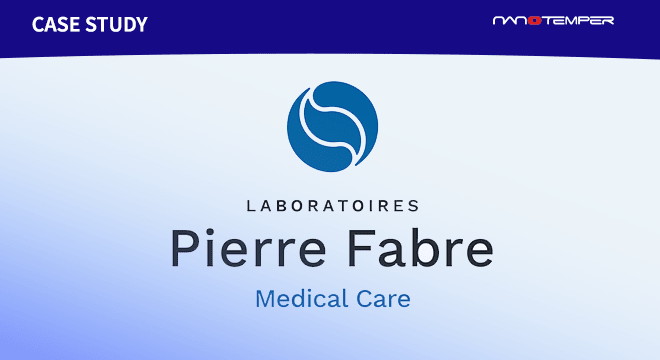Your guide to quality by design – part 1: precise biophysical insights with PrometheusTM Panta
Introduction: why quality by design requires deep biophysical insight
In biologics development, quality by design (QbD) has evolved from a regulatory expectation to a best practice that drives scientific, operational, and commercial success. A key aspect of QbD is developing a detailed understanding of critical quality attributes (CQAs) and the process parameters that influence them.
To support this, advanced biophysical tools like the Prometheus Panta, powered by Multiplexing Optical Methods (MOM™), offer a powerful way to generate multi-dimensional data that drives confident decision-making from early discovery through preclinical development.
In this first installment, we explore how Prometheus Panta contributes to the early phases of QbD, particularly in CQA identification and design space definition.
1. Identifying critical quality attributes (CQAs)
QbD begins with defining the CQAs—physical, chemical, or biological characteristics that directly impact a product’s safety, efficacy, and stability. For biologics, common CQAs include thermal stability, aggregation behavior, and molecular self-interaction.
How Prometheus Panta supports CQA identification using MOM™:
The Prometheus Panta platform addresses these needs by simultaneously measuring:
- Melting temperatures (Tm)
- Onset of unfolding (Tonset)
- Aggregation onset (Tturbidity)
- Particle size (hydrodynamic radius, rH)
- Self-interaction (via static light scattering)
This is all achieved in a single thermal ramp, allowing for high-resolution data capture and efficient decision-making. Scientists can rapidly compare candidate molecules and formulations to select those with the most stable profiles; an essential first step in QbD.
2. Using multi-parameter data for risk assessment and design space definition
Once CQAs are understood, teams must assess how different conditions impact those attributes. Risk-based approaches and Design of Experiments (DoE) play a pivotal role in defining the process “design space”: the safe operating range that ensures product quality.
The multi-parameter insights provided by Prometheus Panta help:
- Eliminate weak candidates early, reducing downstream risk
- Inform DoE models with granular unfolding, aggregation, and self-interaction data
- Define formulation and process boundaries that uphold CQAs during development and scale-up
This holistic view of molecule behavior under thermal and formulation stress conditions ensures early-stage choices are scientifically grounded and aligned with future manufacturing needs.
For more information on how Prometheus Panta supports formulation DoE, watch this webinar.
Conclusion: setting the stage for downstream QbD success
The early phases of QbD – CQA identification and risk assessment – set the foundation for successful biologics development. By leveraging multiplexing optical methods through Prometheus Panta, scientists gain actionable insights into molecular behavior that streamline candidate selection and process design.
In part 2, we’ll examine how these capabilities extend into process development, control strategies, and comparability assessment, supporting end-to-end QbD implementation.






















